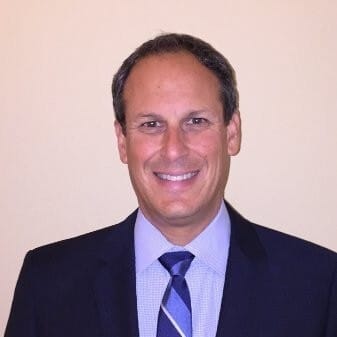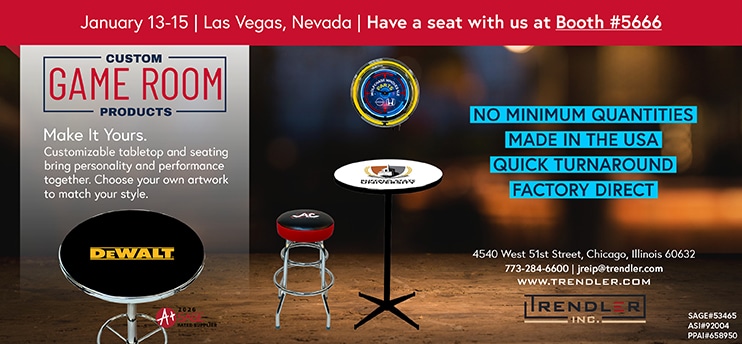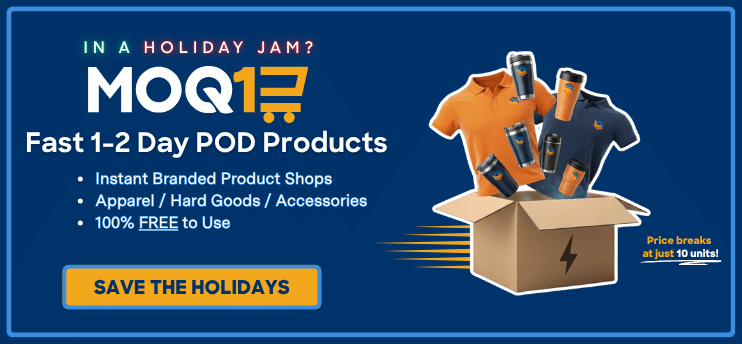After more than 40 years in business, San Fernando, California-based supplier Pinnacle Designs (PPAI 112704, Silver) – named one of PPAI’s Greatest Companies To Work For in 2024 – transitioned to an employee stock ownership plan on December 31, 2023.
An ESOP is a qualified retirement plan that gives eligible employees – at no cost to them – ownership interest in the company in the form of stock shares. Ultimately, an ESOP aligns the financial objectives of the company with its workforce.
- More than 6,300 companies in the United States have an ESOP, according to the National Center for Employee Ownership.
Here’s how it works: A company sets up a trust fund into which it contributes new shares of its own stock or cash to buy existing shares via the funds that would typically go toward income tax liabilities.
Traditionally, distributions from the plan are tied to vesting, allowing employees to earn an increasing portion of shares for each year of service to the company. When a fully vested employee retires or resigns, the firm “purchases” the vested shares back from them and the employee receives either a lump sum or periodic payments.
Ahead of Pinnacle Designs’ one-year ESOP anniversary, company president David Messe spoke with PPAI Media about why he and CEO Brad Hartstein decided to go in this direction for their 54 employees.
PPAI Media: Why did your company transition to an ESOP?
David Messe: As my business partner and I looked toward retirement one day down the road, we wanted to reward our employees, whether they had been here 30 years or a year, for contributing to our success. As we looked at exit strategy options, such as selling to private equity or making a strategic partner, ESOP came up as an option. We felt our employees have been such a big part of our success that if there was a way for them to become owners, we should do it.
PPAI Media: How soon do you think you and your partner will exit Pinnacle Designs?
Messe: There’s no specific timeline. That’s a benefit of an ESOP. Brad and I are still on the board of directors and still CEO and president, respectively. When we want to transition out of those roles, we can. It’s an exit strategy in which the selling shareholders – Brad and I – are compensated along the way, so it’s a way to sell the business over time to our employees without them having an out-of-pocket expense.

David Messe
President, Pinnacle Designs
PPAI Media: What are the primary benefits of an ESOP for employees?
Messe: Employees are rewarded with shares of the company each year based on profitability. It’s a great worker retention benefit. The theory is – and so far, we’re seeing it – that ESOPs increase productivity, employee retention and focus. Our employees felt like they were part of the team before, but now even more so.
PPAI Media: What does the process for becoming an ESOP look like?
Messe: It’s a very complex transaction, more so than any other option. There are a lot of IRS hoops to jump through. The nice part is that it’s bipartisan, so it’s unlikely that it will ever go away. I learned a lot through the process, which took about a year. There are attorneys, consultants, accounting firms and benefits companies that all specialize in helping transition a company to become an ESOP. We used all those parties to get to the finish line. It’s expensive, but it’s very worthwhile, and if you look at the total expense, it’s not much different from a traditional sale.
PPAI Media: What should other promo firms know when considering becoming an ESOP?
Messe: Plan ahead and know that it takes time. Talk to a consultant who will walk you through what’s involved and make sure it’ll work for your specific company before proceeding. There are so many factors to consider. Being financially sound helps you through the process in terms of the timeline and making it work long-term for the selling shareholders, as well as the employees.


